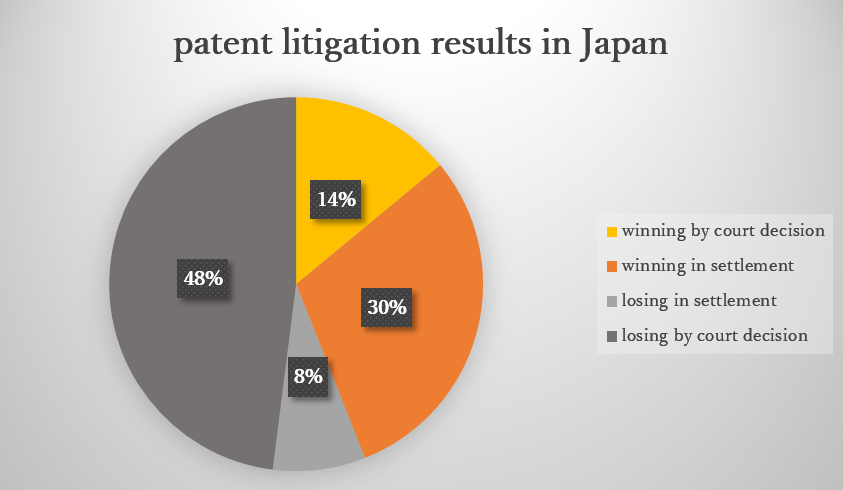Practice Tips for foreign applicants regarding Patent Litigation in Japan
1. Under Japanese patent law is there a notice requirement for liability for patent infringement? By that I mean is an unauthorized user of a patented invention liable for infringement even if he or she did not know about the existence of the patent?
Under the Japanese patent law, an infringer of a patent is basically liable for infringement without receiving any notice from a patentee after the patent is registered even if the infringer did not know the existence of the patent. However, with respect to the infringement during the period between the registration of the patent and the issuance of the patent, the patentee has a burden of proof showing that the infringer knew the existence of the patent (for example, by showing the fact of sending the infringer a notification of the existence of the patent) in order to claim compensation for damages caused by the infringement during the period.
2. If there is no notice requirement for patent infringement liability, is there a Japanese statute of limitations for patent infringement? For example, while not likely to be relevant today because the patent issued less than a year ago, can a patentee only recover damages for infringement that took place no more than a certain period of time prior to filing a lawsuit? If so, what is that period of time?
A patentee can only recover damages for infringement that took place no more than three years prior to claiming infringement or filing a lawsuit.
3. Under US law a patentee also has so-called “provisional rights” relating to the time from publication of the patent application up to the issue date of the patent. Does Japanese patent law recognizes such provisional rights? If so, what would be the relevant start date for those rights in this case, the publication date of the underlying PCT application in English or the publication date of Japanese patent application?
Under the Japanese patent law, an applicant also has so-called “provisional rights” relating to the time from publication (i.e., laying open) of the patent application in Japanese language up to the registration of the patent, under a certain condition. That is, in order for the patentee to get compensation for infringement during that period, it is required that the infringer knew the existence of the patent application and that both the claim of the patent application and that of the patent cover the subject matter of the infringement. In other words, there must be evidence that the infringer was aware of a claim of a patent application that a deed of the infringer infringed, and that the deed of the infringer would still infringe a patented claim. In practice, in order to establish such evidence, the applicant of the patent application sends a warning letter to the infringer when the applicant has found out such infringement. When an applicant of a patent application has sent a warning letter stating the publication number of the relevant patent application after the laying open of the patent application, the applicant may claim compensation against the potential infringer. The amount of the compensation is prescribed to be equivalent to the royalty of a license that would have been charged for the period from the date of the warning to the registration of the patent. When the warning has not been given, the applicant has a burden of proof showing that the potential infringer knew the existence of the patent application. The applicant can exercise the right to demand compensation within three years from the registration of the patent if the applicant knew the working of the claimed invention or the person who worked the invention, prior to the registration of the patent.
4. Please educate us about the legal implications of the various ways in which a patentee might approach a potential infringer/licensee. For example, under US law if the patentee is too aggressive in approaching the potential infringer/licensee, then the potential infringer/licensee can take the initiative in filing a lawsuit, which gives some strategic advantages to the potential infringer/licensee at the expense of the patentee.
In Japan, it is a common practice for a patentee to approach a potential infringer by sending a warning letter. The warning letter may say that, if after issuance of the patent, (1) the patentee requires the potential infringer to stop working the invention immediately and inform the patentee how many products it sold/manufactured, or (2) the patentee is prepared to grant a license if the potential infringer is interested in obtaining such license, and (3) the patentee requests the potential infringer to reply within a certain period of time (e.g. two weeks). Further, if the patentee has confidence in believing the existence of infringement, the patentee add that he is prepared to take a legal action if he does not receive sincere reply in response. Then, usually, the patentee gets into negotiation with the potential infringer. The potential infringer may say that (1) the accused deed would not infringe the patent and accordingly there is no need to show the number of the products sold/manufactured, (2) it would like to obtain a license under a reasonable condition, or (3) it would need some time for confirming the infringement, meaning that it would need a time to conduct a search for any prior art that would invalidate the patent or to get a professional opinion on infringement.
1. Total legal costs for typical patent litigation. This would include attorney time, costs for evidence gathering (including any expert witness costs), and court costs.
Firstly, please note that, at the stage of litigation before the court, we, patent attorneys, will have to work with an attorney at general law for proceeding with legal procedures before the court. The total costs would very roughly be around JPY 5M and 10M, namely about USD 50,000 – 100,000.
2. Typical length of time for patent litigation.
The suit in the first instance would be settled approximately in one year from its initiation.
3. Evidence gathering processes for patent litigation. For example, the U.S.A. allows for extensive evidence gathering. This evidence gathering drives the overall cost to be very high. Alternatively, France employs dawn raids/seizure actions for evidence gathering.
In general, we think that the evidence gathering process in Japan is similar to the European process rather than the US process. It is possible for the plaintiff to file a request for documentary submissions agasint the defendant, preservation of evidence, etc. The arguments in an infringement suit are usually based on documentary evidence, but it is of course possible to use personal evidence, such as experts.
4. Potential for preliminary injunctions that could shut down a factory or block imports/exports and any other cross-border mechanisms that could stop the flow of goods that are alleged to be infringing composition or process patent claims.
In most cases, the plaintiff requests such preliminary injunctions together with a main injunction and damage suit.
5. Patent office challenges. And if there is a patent office challenge, are the courts likely to stay an infringement action?
It is possible for the defendant to contend in an infringement suit that the patent at issue is invalid. In this case, the court judges the validity of the patent, and if the court decides that the patent at issue is invalid, the infringement suit will be dismissed. Therefore, the court usually determines whether the patent at issue is valid, and then, launches discussions on infringement.
Meanwhile, it is possible for the defendant to file an invalidation trial before the JPO even after the patentee files an infringement suit. In that case, the procedure of the infringement suit is usually adjourned until the JPO makes a decision for the invalidation trial.
6. Damages in patent litigation – what are the typical amounts levied against infringers?
Please note that the damages in Japan is relatively low. According to statistical data, the damages decided in about 40% of the total infringement suits were less than USD 100,000. However, the damage sometimes exceeds USD 1M, of course. For your information, please be informed that many infringement suits in Japan (around 70%) end in an out-of-court settlement, and that the data does not precisely reflect settled cases.
7. Are there any cross boarder procedure that could prevent goods being imported into Japan?
It is possible for the plaintiff to request prevention of an import and an export of a patented product, each of which is defined as one form of infringement in the Patent Law.
To begin with, Article 79 of the Japanese Patent Law reads as follows:
Article 79: A person who, without knowledge of the content of an invention claimed in a patent application, made an invention identical to the said invention, or a person who, without knowledge of the content of an invention claimed in a patent application, learned the invention from a person who made an invention identical to the said invention and has been working the invention or preparing for the working of the invention in Japan at the time of the filing of the patent application, shall have a non-exclusive license on the patent right, only to the extent of the invention and the purpose of such business worked or prepared.
1) What constitutes “use” in Japan? Actual use only, or is preparing for use sufficient? Is continuous use required?
As understood from the law, the “use” meaning “working”, includes preparing for use/working.
2) What is the “critical date” of the prior use? I expect the use must occur before the priority date of the patent.
The prior use must occur before the priority date of the patent.
3) What are key exceptions or limitations to prior user rights? In particular, can the prior user expand upon the original scope of the use, and if so, to what extent?
The prior use can expand the original scope of the use as long as the product or method used is within the scope of the claim at issue.
4) Are there any specific or unique evidentiary requirements for proving prior use?
The prior use must be proved by evidence. The evidence is desired to be preserved in an unalterable form. For example, a laboratory notebook which cannot be altered later is desirable. The evidence is desired to be preserved to memorize facts from the completion of invention/know-how up and preparation of business up to working of the invention.
It had been said that “the rate of success for a patentee in winning patent litigation in Japan is only about 20%”. However, the Supreme Court in Japan has recently surveyed the statistical data regarding patent litigation cases. According to the Supreme Court, the rate of success for a patentee in “substantially” winning patent litigation goes beyond 40%.

According to a surveillance study in 2015, the chance of winning patent litigation for the patentee was around 50-70% in the U. S. and around 60% in Germany. In contrast, the chance of winning patent litigation in Japan appeared to be very low, around 14%.
However, as you may know, many infringement suits in Japan end in out-of-court settlements. According to the Supreme Court, the previous statistical data did not reflect the results of the out-of-court settlements. Meanwhile, in the recent survey considering the results of such settlements, it was found that the patentee “substantially” won in most of the patent litigation cases ended in such settlements to achieve injunction and/or recover damage. As shown in the above graph, the rate of success for a patentee in “substantially” winning patent litigation is actually 44%, which is still not so high but is not so bad compared to those of the foreign countries.
